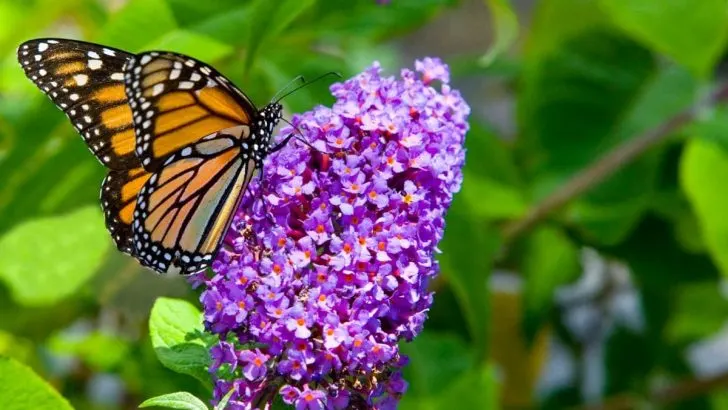In today’s article, we’re going to talk about the purple flowers of butterfly bush Florida. These wonderful fragrant flowers are not just any typical flower in your garden.
The pink flowers of a young butterfly bush plant become darker with me and when they eventually turn purple, they will attract butterflies and you will have a garden full of wildlife.
This low-maintenance plant that doesn’t mind the partial shade position will make you fall in love with it. Pretty, simple and decorative, what else to ask from a plant?
But I’m sure you have lots of questions now. What about the spent flowers, do they come back, what about the sun, soil, etc? Well, stay with us and we will tell you all about it below.
Let’s read more about the butterfly bush in Florida if you’re ready.
Do Butterfly Bushes Do Well In Florida?
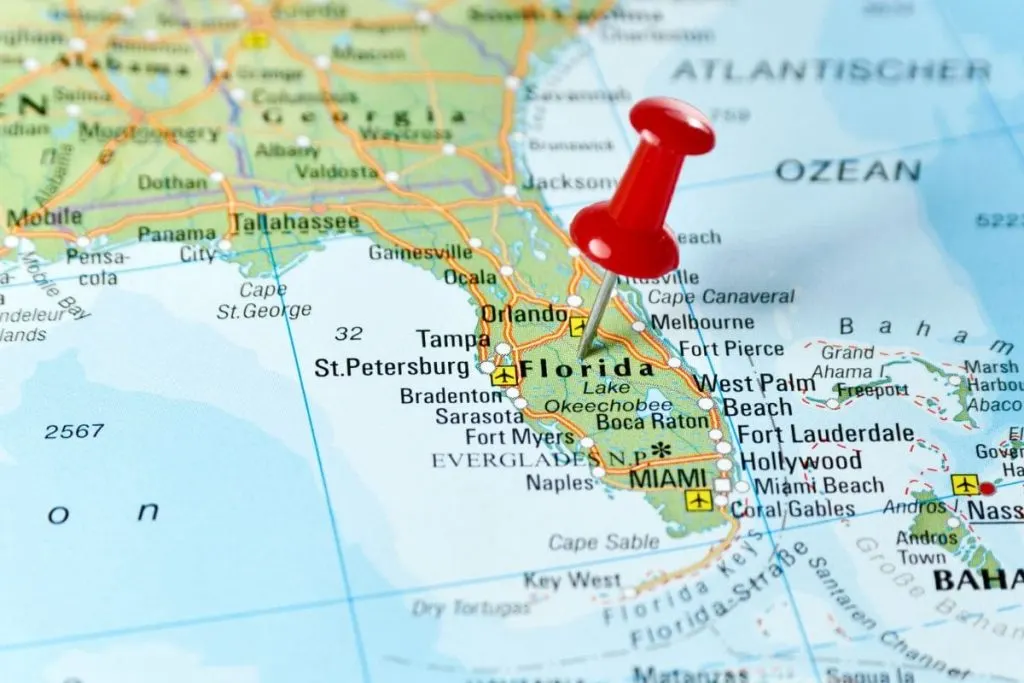
Although they are very beautiful flowers, the butterfly bush has recently encountered drawbacks in this region, i.e. in Florida.
If you plant them, even though they are very easy to plant to maintain, they will be attacked by insects very quickly and you have to constantly pay attention to pests.
Is Butterfly Weed Invasive In Florida?
Does A Butterfly Bush Come Back Every Year?
Ultimate Care Guide For Butterfly Bush Florida Plant
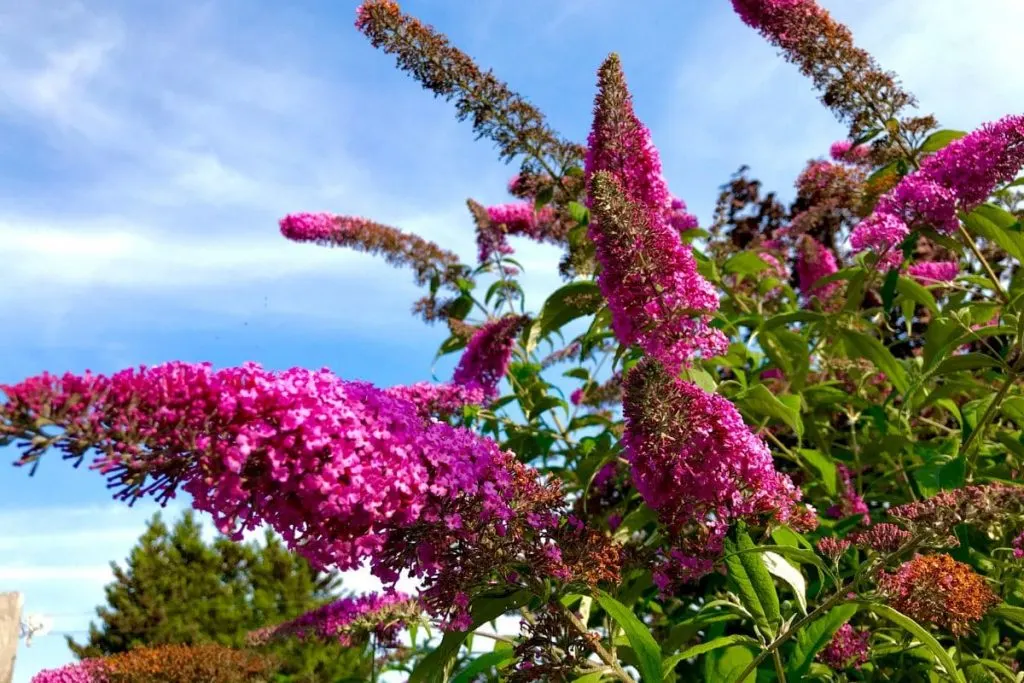
Below, we bring you all the information about butterfly bush care in detail.
If you enjoy shrubs, consider types of azaleas that could be great woody shrubs for your garden. Let’s check this care guide now.
Light Conditions
The choice of light for this plant is complicated for some people, for others it is quite okay and I can follow it without any problems.
It is better to expose the plant to the morning sun when it is not so strong, but until the afternoon when there is that weaker sun.
In the afternoon, the plant should be in partial shade and partial sun as its leaves burn due to the heat.
In Florida, it is often planted next to other plants if you do not have the option of shade because it is the other plants that provide the shade.
We advise you to plant them next to some trees in the garden, etc. because the branches of dense trees are always a good source of shade.
Watering Schedule Butterfly Bush Florida
The butterfly bush plant is the least demanding in its water requirements. The plant is not a succulent, but it can survive drought, so it is very important to water it at least once every 10 days.
It can last up to 12 days without water, but that already affects its appearance a little. It does not care about the type of water because it is a wild plant and is used to rainwater, and due to growth in a domestic environment, to water from the tap.
Soil type
Considering that the plant is resistant to drought, well-drained soils suit it, of which the best choices are: cactus mix, substrate medium, and peat moss.
The plant does not like acidic soils and you should avoid them in a wide circle. They adversely affect their leaves.
This evergreen shrub won’t thrive well in sandy soil (completely sandy) soil either.
Temperature – Butterfly Bush Florida
Butterfly bush is resistant to low temperatures. You don’t have to be afraid of low temperatures and frost because it won’t kill it, but constant exposure might do some damage so avoid it.
The best temperature ratio for this plant is between 55 and 65 F. As we said, it can handle temperatures below that, but too high temperatures do not benefit it even though it thrives in a warm region.
Precisely because of its exposure to direct sunlight, it is not a good idea to plant it somewhere where it will ‘receive’ only the sun all day.
Humidity – Butterfly Bush Florida
The butterfly bush plant does not like low humidity, and we all know that humidity is very common in Florida, especially in the southern parts.
If you grow it on a closed balcony, etc., let the air humidity be at least 50%. The open space will certainly have the best humidity, which will suit it the best.
Fertilizer
The best fertilizer choices for this plant are granular rose or garden fertilizer. We do not recommend fertilizing after July because it will significantly affect the dormancy period of the butterfly bush plant.
Propagation – Butterfly Bush Florida
The butterfly bush plant is not best propagated through the division of its roots. The more popular way is the division of the roots. It is very simple and usually done in spring or early summer.
All you have to do is prepare well-draining soil which you’ll water right after the propagation and place it somewhere with lots of direct sunlight. Divide the roots by using the spade shovel.
Wildlife – Butterfly Bush Florida
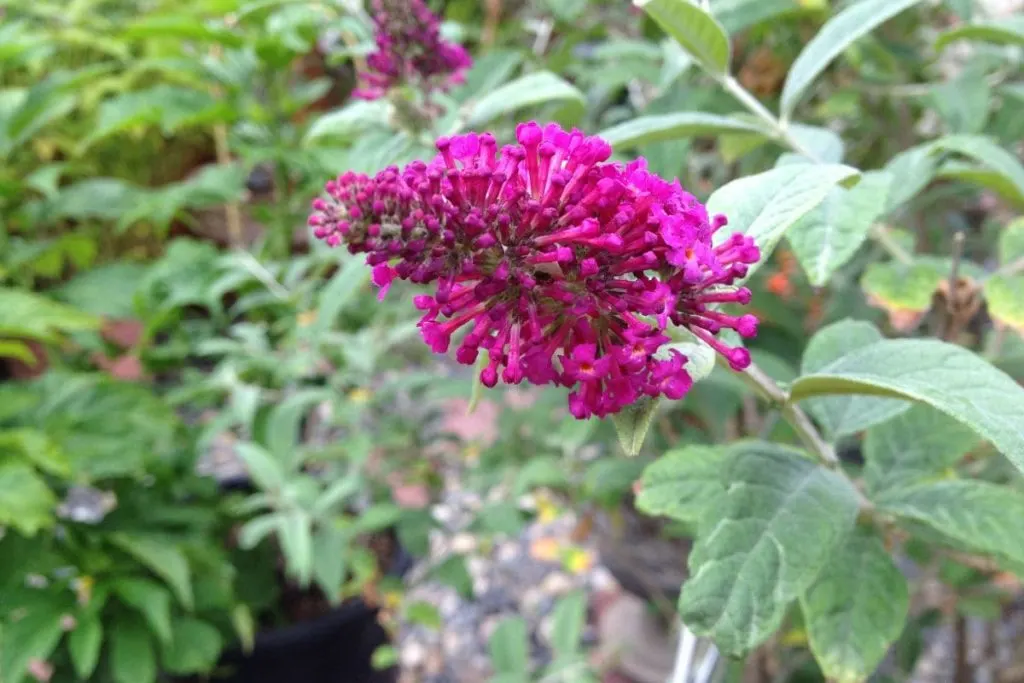
Its name already says enough so we can conclude that pollinator number one is a butterfly. Butterflies love the nectar source these blooms have and you will most likely see them right away on this shrub after its blooming time.
Vibrant purple, orange, blue, yellow, and pink flowers are always “decorated” with butterflies drinking their favorite nectar.
Hummingbirds are also a big part of the wildlife of this plant, but not so much when the plant is planted in a large container.
They attract hummingbirds much more when they’re planted in just an open area in your garden.
The most popular butterfly species that are attracted by this plant is the zebra longwing butterfly. They are mostly seen in the summer.
If these shrubs are a part of your landscape area in front of your home, occasionally when flowering, you might see some other unusual birds or insects, but you can’t blame them since the butterfly bush contains really good nectar that animals enjoy. At least you’ll have a lovely colorful garden full of wildlife and colors.
Learn more about South Florida butterfly plants – Our top 11 garden flowers.
Pests And Diseases – Butterfly Bush Florida
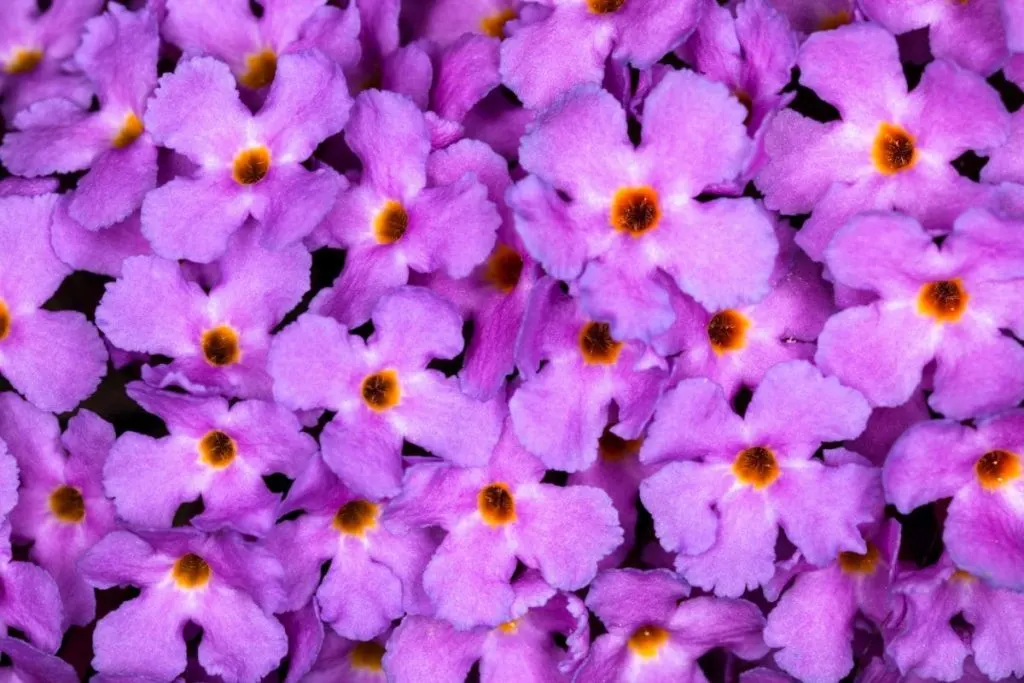
When it comes to pests and diseases that attack these plants, you won’t be surprised when we reveal them to you.
Most often, these are ants, spider mites, aphids, and of course, root rot, which is most often caused by the owner of the plant.
If you’re not sure how to stop ants from nesting in plant pots, make sure you read more about it before reacting since it’s a tricky issue and you can cause even more damage to the plant.
For other pests, you can use insecticides or dish soap to get rid of them. Root rot you already know, reduce that watering schedule before it’s too late.
FAQs On Butterfly Plants
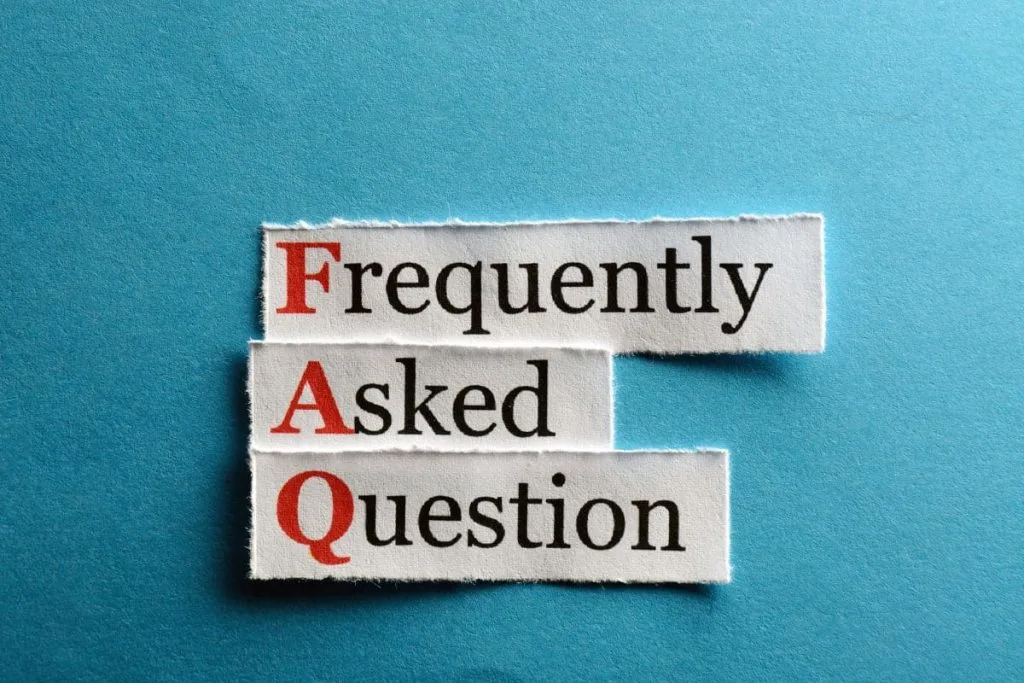
Below we bring you some other popular questions about a butterfly bush plant you should pay attention to year-round when it’s growing and blooming.
Let’s learn more about other insects and other pollinators besides butterflies and about its best planting time.
Where Do Butterfly Bushes Grow Best?
Butterfly bush grows best in full sun conditions. Along with its similar plant-friends beach sunflower, when growing in full sun, thrives the best.
You can combine it with partial shade in the afternoon hours. We suggest morning sun-full sun and partial sun, partial shade in the noon hours.
When Is The Best Time To Plant A Butterfly Bush?
It’s best to plant a butterfly bush plant in the late spring or early fall. In South America, especially in south Florida, people usually plant them around late April or September.
If you want them to thrive well, plant dwarf varieties around more flowers. This small tree is salt tolerant and drought tolerant, so choosing soils for them shouldn’t be a problem. Well-drained soil such as peat moss is a good solution.
Should I Deadhead Butterfly Bush?
We suggest deadheading your butterfly bush plant at the end of its growing season-blooming season for better growth chances in the next year.
Always use a sharp knife or simply do it with your hand, just be extra careful.
How Tall Do Butterfly Bushes Get?
Butterfly bush plants can get up to 15 feet tall. Usually, at such height or a bit less, when attracting butterflies, they also attract bees and hummingbirds.
What Are The Popular Varieties Of butterfly Bush Plants?
The three most popular varieties of butterfly bush plants are:
- African Queen – flowers are deep purple, clustered in inflorescences about 12 inches long
- Cardinal – flowers are deep purple, about 10 inches long
- Peace – flowers are white, up to 30 inches long
Final Thoughts On Butterfly Bush Florida
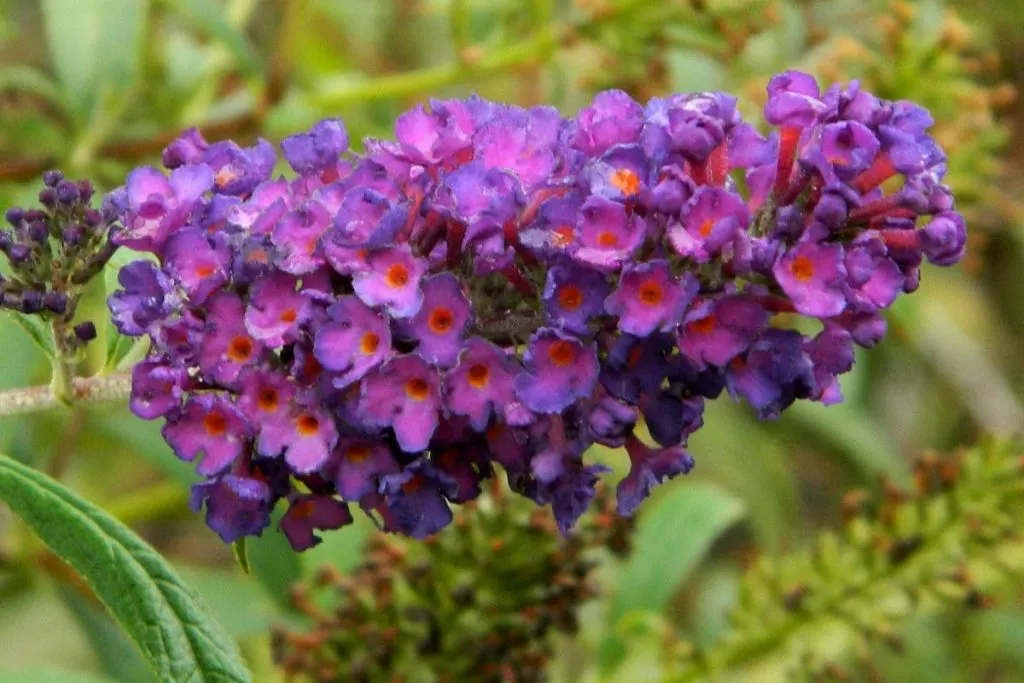
Today we learned everything you need to know about the butterfly bush Florida plant, i.e. about its care.
If your garden lacks cheerful colors and plants that can serve both as decorative plants and as border plants in your garden, this is a perfect choice.
Combine the pleasant with the useful and choose a purple plant for your garden. You can make your garden even more beautiful with porterweed plants.
If you would enjoy these plants, then there are chances that you will also enjoy other plants characteristic of this area, such as types of palm trees in Florida and Florida oak trees.
At the end of this article, we bring you a wonderful quote that caught our eye.
“We can learn a lesson from the butterfly beginning its life crawling along the ground, then spinning a cocoon, patiently waiting until the day it will fly.” —Heather Wolf
That would be all for today, see you soon with some similar topics.

